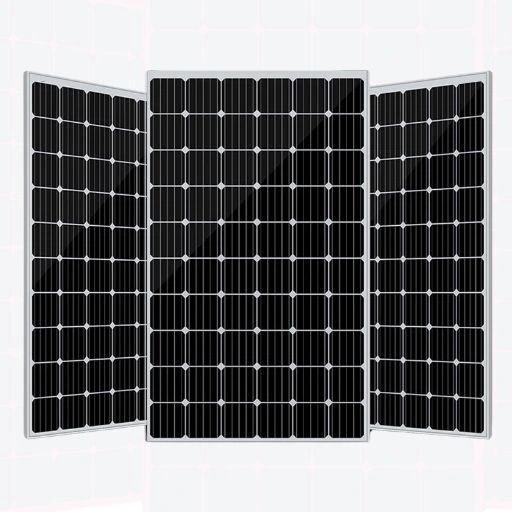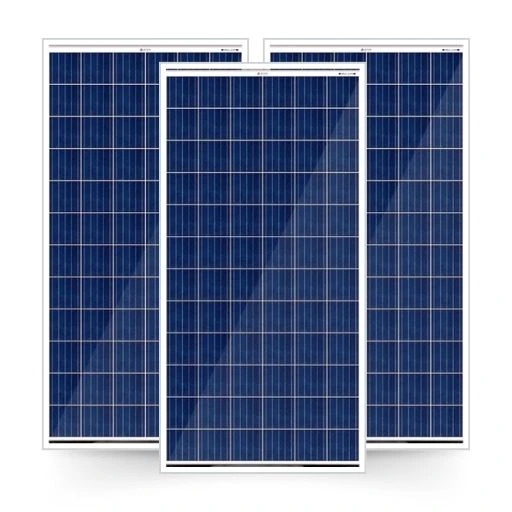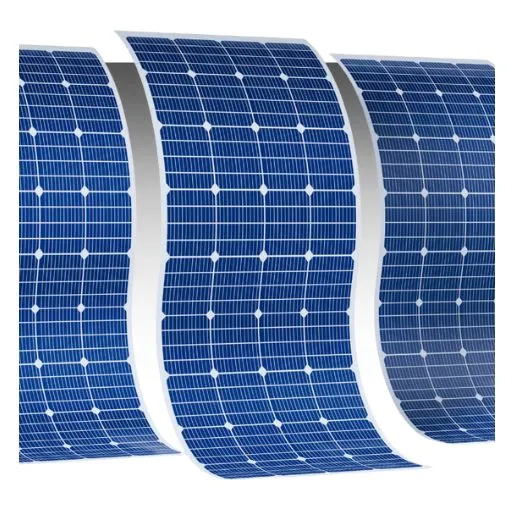Importance of Understanding Solar Panel Types
Choosing the right type of solar panel is crucial for maximizing energy production, optimizing efficiency, and minimizing installation costs. For instance:
- If you have limited roof space, monocrystalline panels are likely the best option due to their high efficiency.
- If you have a larger surface area and want a more budget-friendly solution, polycrystalline panels can meet your energy needs at a lower upfront cost.
- If your installation site has an unconventional surface or is in a hot climate, thin-film panels may be the most suitable option.
Understanding these differences ensures that you select the right solar panel type for your specific energy goals, location, and budget, ultimately helping you harness the full potential of solar power.
Benefits of Switching to Solar Panels
Regardless of the type of solar panels you choose, the benefits of switching to solar energy are substantial:
- Energy Cost Savings: Solar panels significantly reduce or eliminate electricity bills, providing long-term savings. As utility rates rise, your savings will grow even more.
- Environmentally Friendly: Solar panels produce clean energy without emitting harmful greenhouse gases, helping combat climate change and reducing air and water pollution.
- Energy Independence: With solar panels, you generate your own electricity, reducing reliance on the grid and insulating yourself from fluctuating electricity prices or power outages.
- Increased Property Value: Homes and businesses with solar installations are more attractive to buyers, often selling at a premium due to the long-term savings and environmental benefits.
- Government Incentives: Many governments offer tax credits, rebates, and other incentives to make installing solar panels more affordable, lowering the upfront cost significantly.
- Low Maintenance: Solar panels require minimal upkeep, typically only needing cleaning and periodic inspections to ensure they function at peak performance.
FAQs Related to Types of Solar Panels
Q1. Which type of solar panels are best?
Ans. The best type of solar panel depends on the application, location, and budget. Monocrystalline panels are known for high efficiency and durability, ideal for limited space, while polycrystalline panels are more affordable and effective for large areas.
Q2. What are the three main types of solar panels?
Ans. The three main types are monocrystalline, polycrystalline, and thin-film. Monocrystalline offers high efficiency, polycrystalline is cost-effective, and thin-film panels are lightweight and flexible.
Q3. Which is better, monocrystalline or polycrystalline?
Ans. Monocrystalline panels are more efficient and work better in low-light but are more expensive, whereas polycrystalline panels are slightly less efficient but cost-effective, making them suitable for large-scale installations.
Q4. What is the newest type of solar panel?
Ans. Newer technologies include bifacial solar panels, which capture sunlight from both sides, and perovskite solar cells, which promise high efficiency at lower production costs.
Q5. What is the difference between p-type and n-type solar panels?
Ans. P-type panels are made with silicon doped with boron, offering affordability but may degrade over time, while n-type panels, using phosphorus, provide better efficiency and longevity but are more expensive.
Conclusion
Solar panels are at the forefront of the global shift towards renewable energy, offering an efficient and environmentally friendly way to generate electricity. Whether you opt for monocrystalline, polycrystalline, or thin-film panels, there is a solar solution that fits every application—whether for small residential rooftops, expansive commercial projects, or industrial-scale installations.
By understanding the differences between the types of solar panels, you can make an informed decision to best meet your energy needs and environmental goals. As the world moves towards sustainable energy solutions, solar panels will continue to play a key role in reducing our dependence on fossil fuels and promoting a cleaner, greener future for generations to come.









